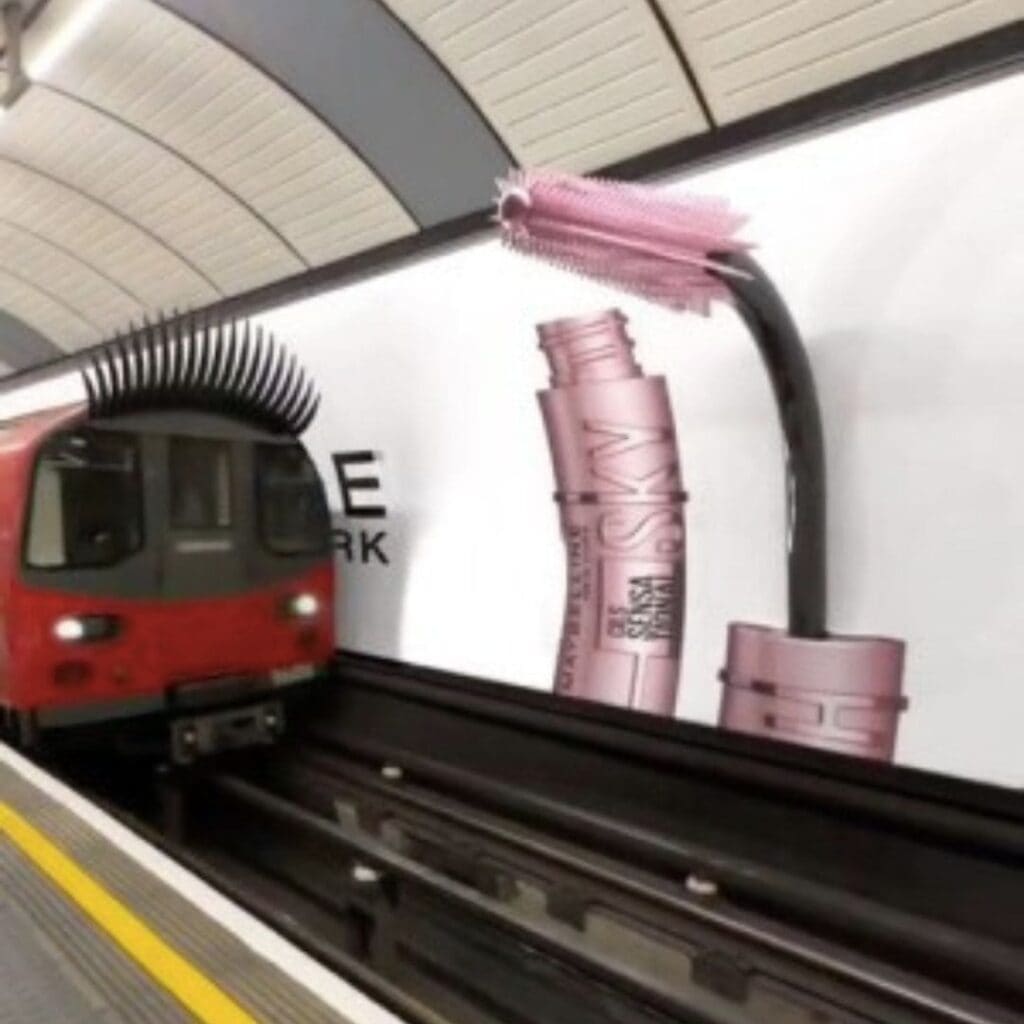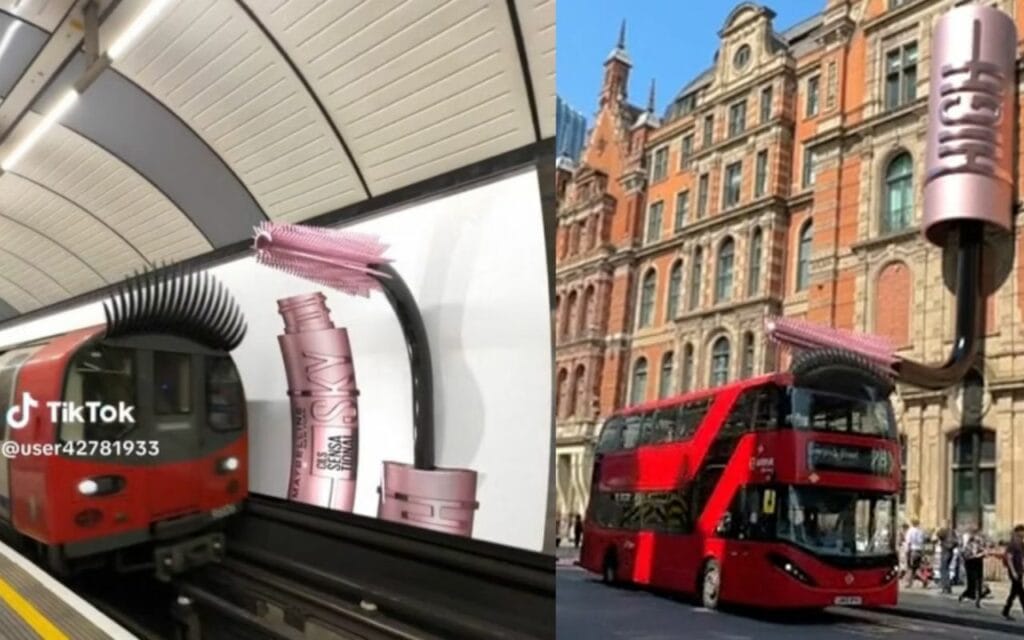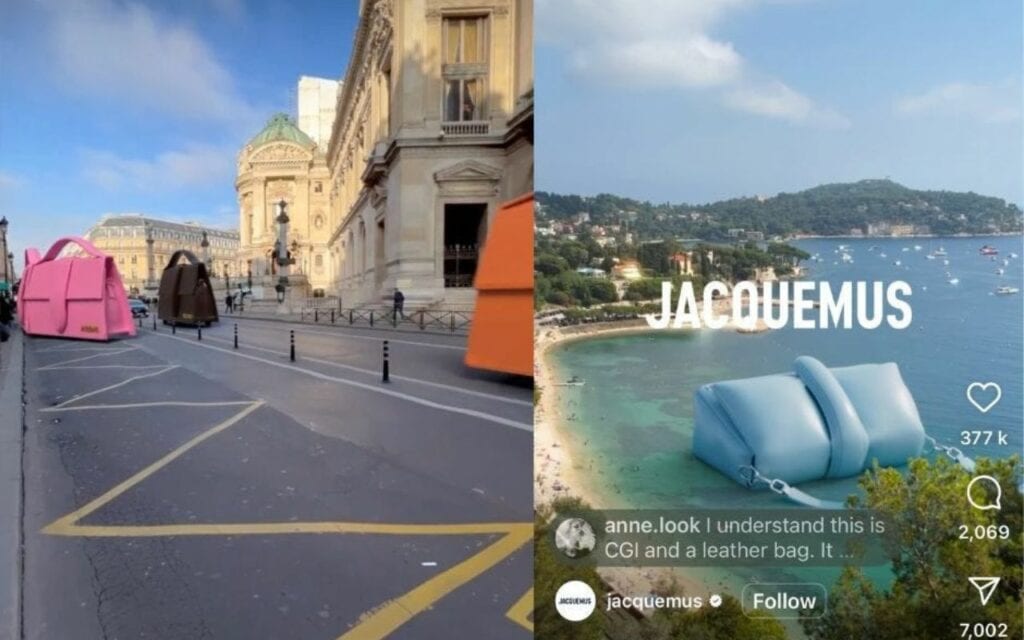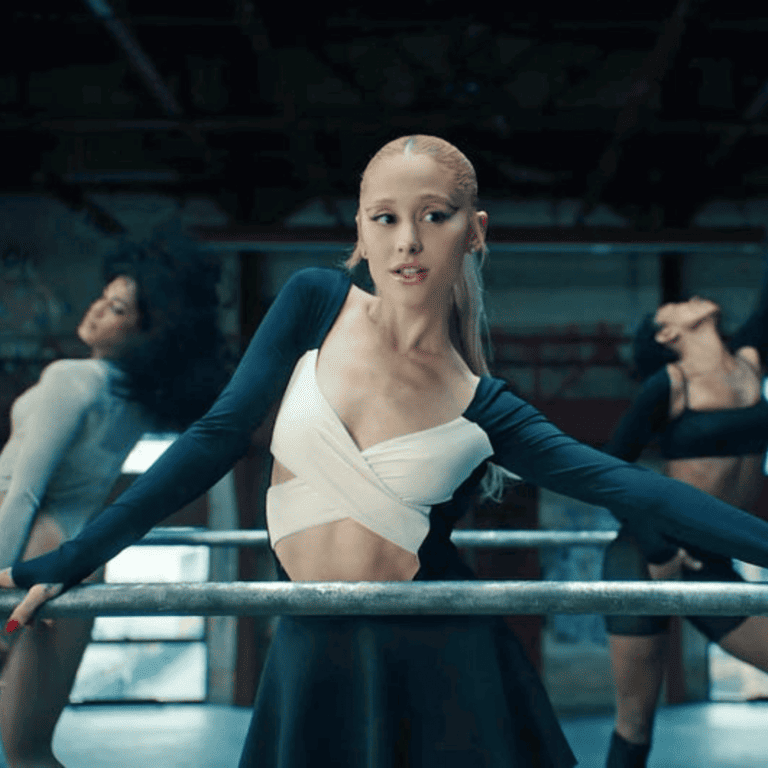Case studies
Innovate to Elevate: The Rise and Success of CGI Marketing Campaigns
Share this article:

In a world saturated with ads, Computer-generated imagery (CGI) advertising stands out as one of the most innovative and memorable forms of advertisement. The emergence of CGI advertising is nothing short of revolutionary. While the power of CGI has long been recognized in film and television, its application in advertising and marketing is truly transformative. Moreover, it serves as an invaluable asset in public relations, enabling the creation of exciting brand images and campaigns that will resonate for years to come.
So, what is CGI advertising?
CGI encompasses both still and moving visuals created using computer software, 3D modelling, and animation. While its roots lie in the film industry, CGI has evolved into a leading trend in marketing and advertising, offering brands a powerful means of connecting with their audiences. This special type of imagery advertising offers numerous advantages, notably affordability and, most importantly, creative freedom. This medium empowers brands to craft captivating campaigns that transcend traditional boundaries. Unlike photography and video production, CGI imposes fewer limitations, allowing brands to explore imaginative concepts effortlessly. For example, recent CGI campaigns often feature outdoor environmental settings that would pose logistical complexities in traditional, real-life production. Yet, CGI allows for the creation of campaigns set in locations spanning the globe, all without the logistical constraints of physical presence.
The lifelike realism achieved through CGI amplifies the allure of these campaigns, driving significant traction and virality on social media platforms. Furthermore, CGI promotes sustainability by reducing emissions associated with travel, visual effects, and location usage. Additionally, CGI serves as a potent tool for cultivating a cohesive and memorable brand image. It unlocks endless possibilities for immersive storytelling, enabling advertisers to place products in imaginative scenarios or settings, thereby enhancing consumer engagement. By envisioning themselves within the environments of these quirky and fun narratives, consumers are more likely to forge an enduring bond with the brand. Further, CGI empowers advertisers to tailor campaigns to specific demographics and market segments, guaranteeing relevance and resonance across diverse audiences. Consequently, CGI advertising transcends conventional promotion, evolving into a vibrant storytelling medium that moulds perceptions, drives engagement, and ultimately influences purchasing behaviour.
CGI Advertising Impact on Public Relations
CGI advertising arises in public relations as a marketing tool and a dynamic catalyst transforming the fundamental fabric of brand-audience interaction. Its use in brand communication strategies ushers in a new era marked by authenticity, emotional resonance, and effective crisis management. A strong focus on authenticity characterizes the merger of CGI advertising and public relations. CGI enables marketers to create storylines that engage and strongly resonate with viewers. Brands push the boundaries of traditional advertising by utilizing lifelike visual effects and immersive storytelling tactics, building true relationships based on trust and trustworthiness. This authenticity is critical in an era when customers want openness and sincerity, establishing CGI advertising as a key component in modern public relations efforts.
CGI advertising also provides chances for emotional interaction. Brands use captivating storylines and visually appealing images to elicit strong emotions, cultivating a sense of connection and empathy among their customers. Whether via heartbreaking narrative, inspirational themes, or lighter humour, CGI enables companies to form long-lasting emotional relationships with customers, resulting in loyalty and advocacy. This emotional resonance is crucial in public relations, allowing companies to create genuine connections while navigating complex social environments with empathy and understanding.
Moreover, CGI advertising provides organizations with the agility and elegance required to successfully handle crises. In times of uncertainty and upheaval, companies must communicate with clarity, empathy, and sincerity in order to maintain trust and credibility. CGI provides brands with a versatile arsenal to address crises sensitively and impactfully, conveying messages that resonate and remain relevant. Whether through immersive visual storytelling or interactive digital experiences, CGI empowers brands to navigate crises with confidence, ensuring their voices are heard amidst the cacophony of the digital sphere. In essence, CGI advertising transcends its role as a mere marketing trend; it emerges as a transformative force in public relations, fundamentally reshaping how brands communicate, connect, and engage with their audiences. By prioritizing authenticity, emotional resonance, and adept crisis management, CGI advertising enables brands to elevate their public relations endeavours, forging deeper, more meaningful relationships with consumers along the way.
Take a look at the three widely successful recent CGI advertising campaigns
1. Maybelline
Maybelline kicked off this trend with one of the most successful CGI advertising campaigns featuring their Lash Sensational Mascara, putting the company’s best-selling mascara part of London and New York’s mass transit networks. Through this, Maybelline New York integrates their branding into the city resonating with their audience. Designed to mimic footage shot on an iPhone, the hyper-realistic CGI visuals gave an extraordinary lifelike quality to the campaign, causing it to rapidly gain viral traction online. Its candid realism captivated audiences, leading to over two million views on Instagram alone.

2. Benefit Cosmetic Canada
Benefit Cosmetics Canada continues to stun with their latest CGI advertising campaign, featuring their top-selling brow product on top of Toronto’s iconic CN Tower. By leveraging CGI technology to place its products in prominent landmarks like the CN Tower, Benefit Cosmetics showcases its products in visually striking settings. It generates buzz and excitement about the products and brand. This strategic use of landmarks in advertising campaigns is a powerful PR tool, attracting attention from local residents and tourists. It creates a sense of connection and relevance between the brand and its audience, reinforcing brand visibility and fostering a positive brand image.
3. Jacquemus
The luxury fashion brand Jacquemus distinguishes itself through bold and unconventional digital marketing campaigns. Leveraging CGI advertising, Jacquemus creates buzz and brand awareness across social media platforms. With campaigns like the recent Le Chouchou line CGI advert, the brand effectively engages both loyal consumers and newcomers, driving anticipation for new collections. Jacquemus’s loud and fantastical marketing approach generates significant engagement and interest, supported by strategic capitalization and sponsored posts targeting millennials. The brand’s creative and captivating digital campaigns showcase a fusion of fashion, storytelling, and imagination, leaving a lasting impression on audiences and industry professionals alike.

You may also enjoy...
Read more great articles like this, or return to the main articles page…
Website Coming Soon…I think
My first article for PR & Lattes was released on June 11, 2023. At the time of writing, I was also working on building an extensive writing portfolio and had…

Social Media and the Process of Partnership Building
In the fast-moving world of social media, community management is a neglected aspect. You’ve probably heard about community management a lot if you’re involved in communications or marketing spaces, so…

Yes…and?
Ariana Grande has been in the spotlight lately, and there have been various discussions surrounding her. However, I think it’s time to discuss something more important she’s done recently. Let’s…

